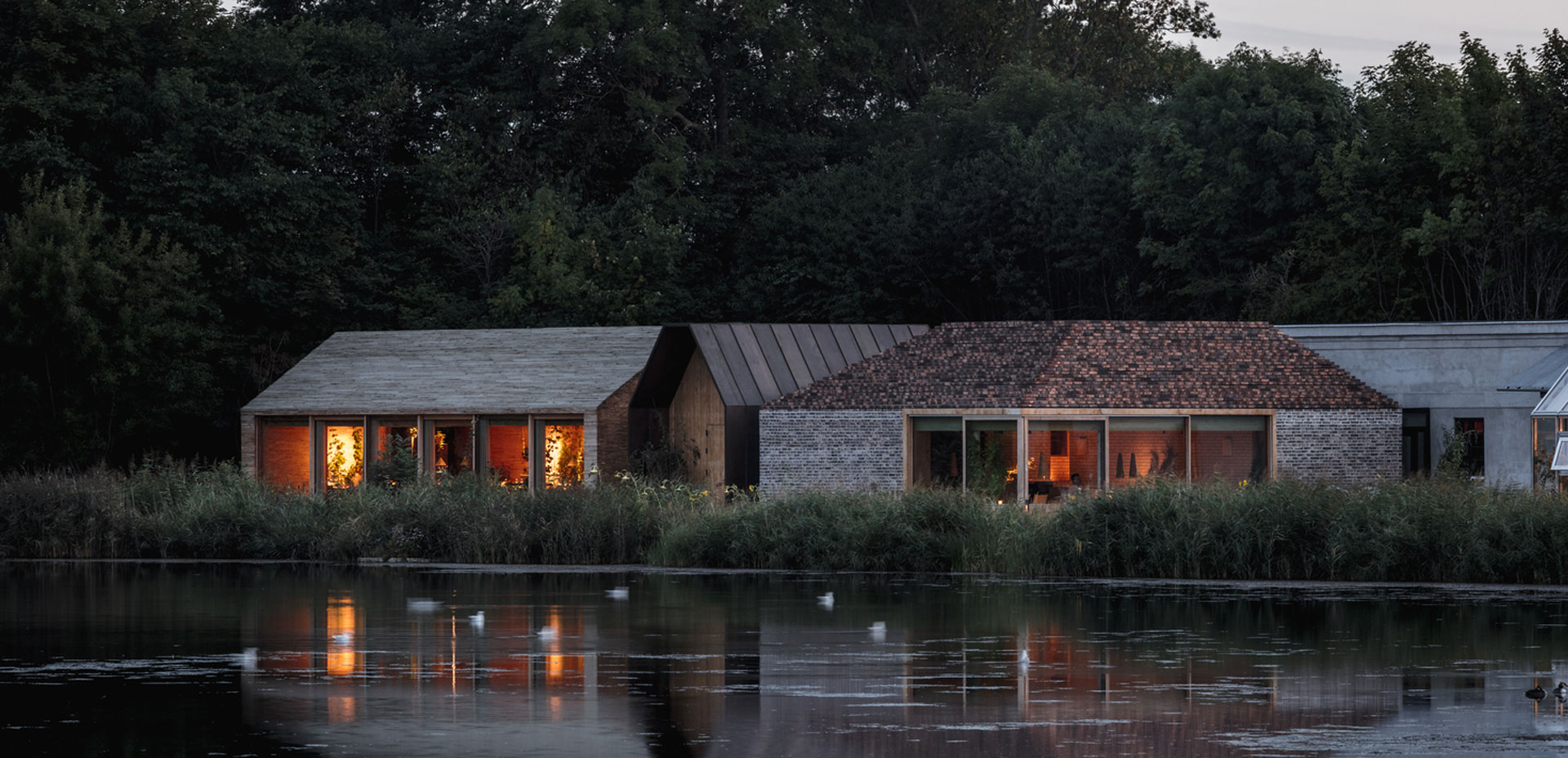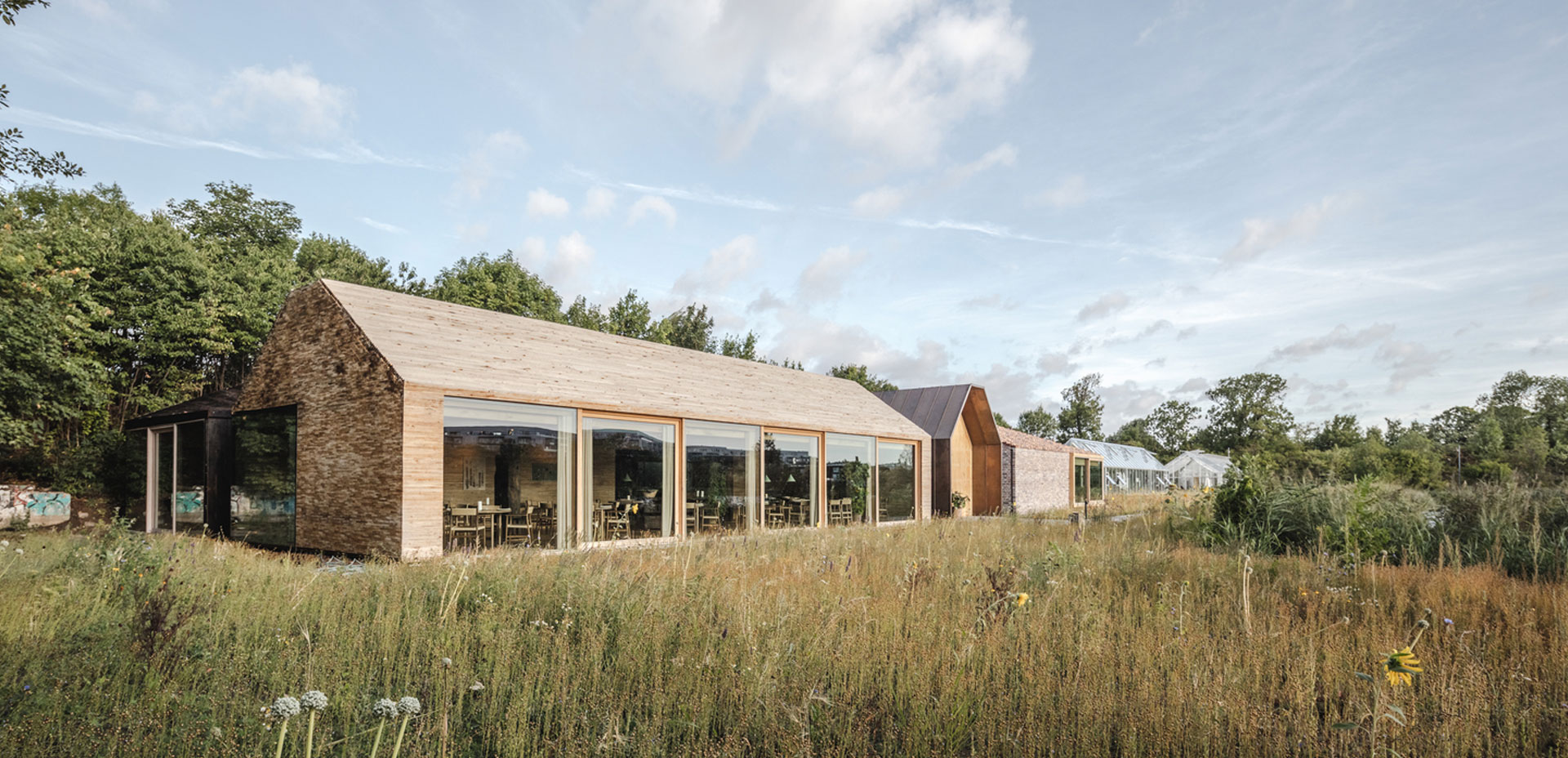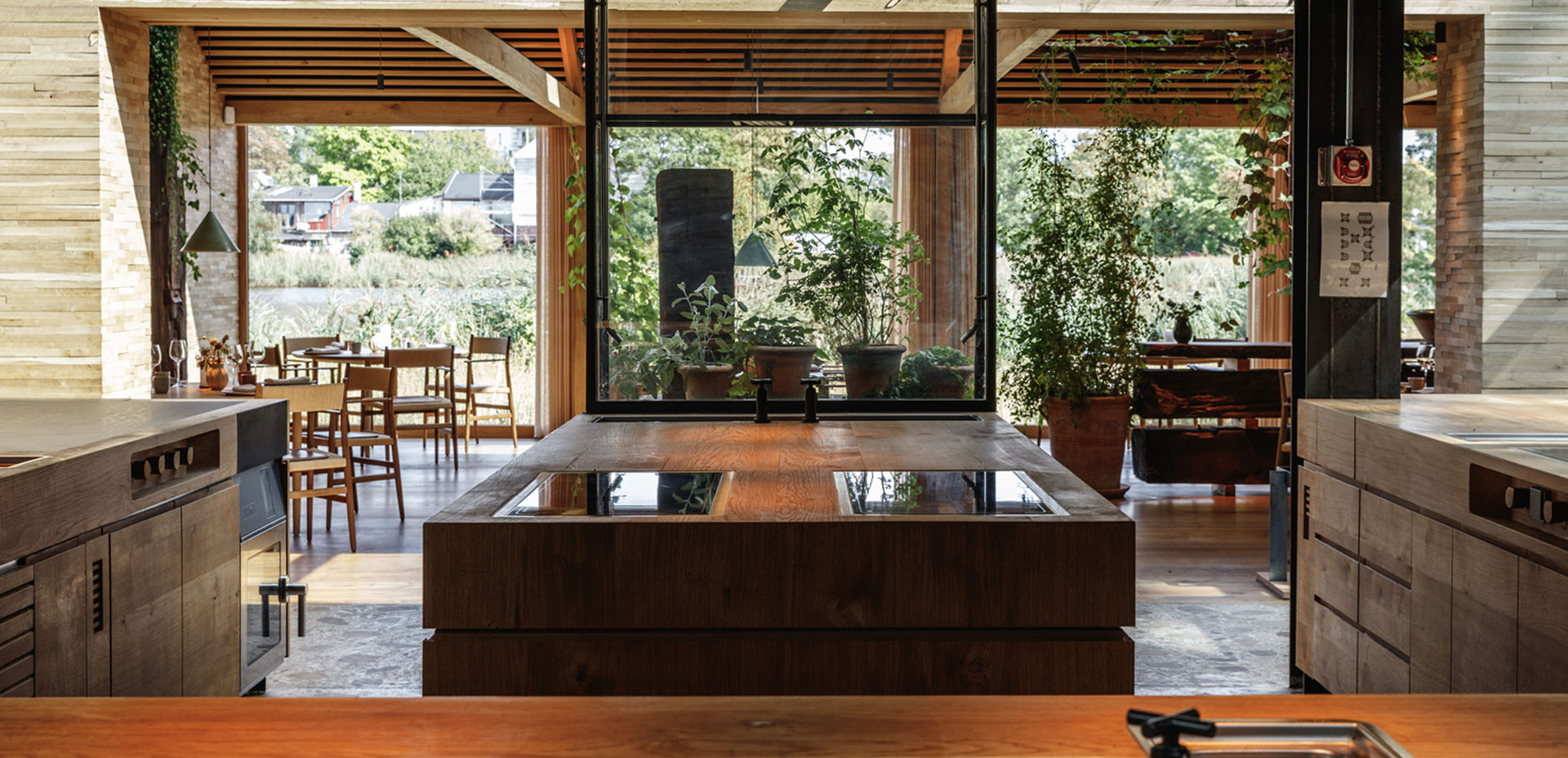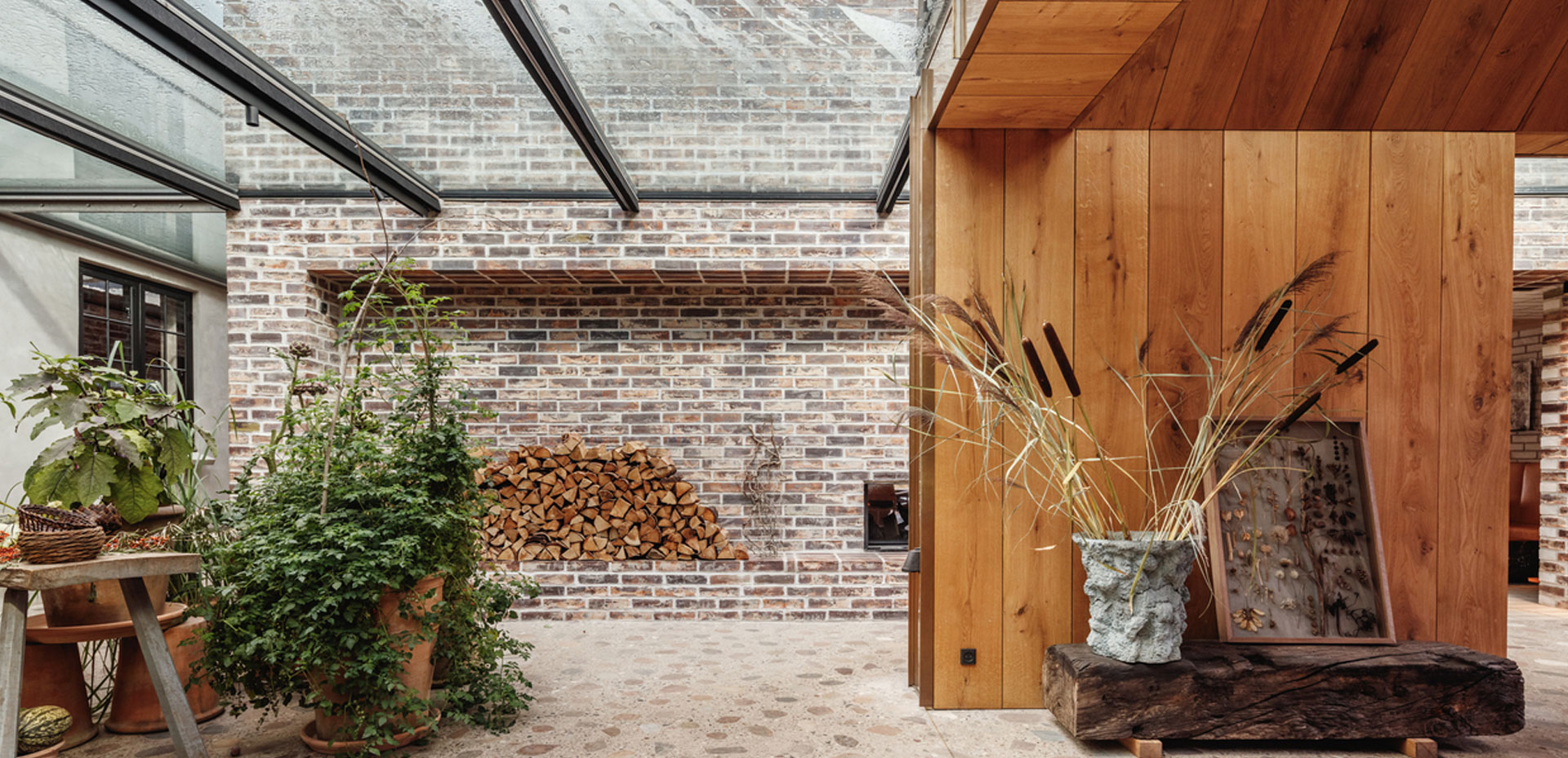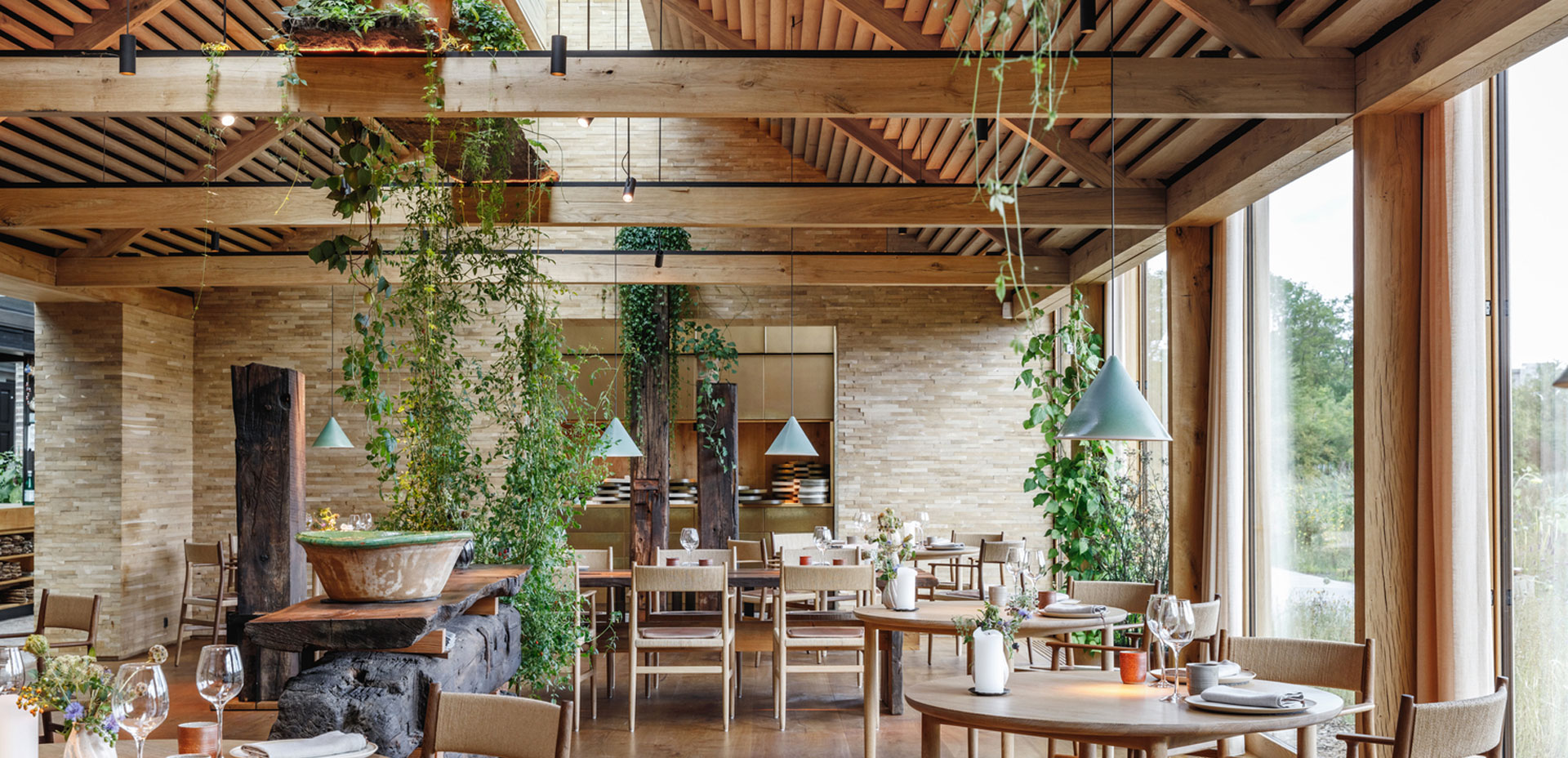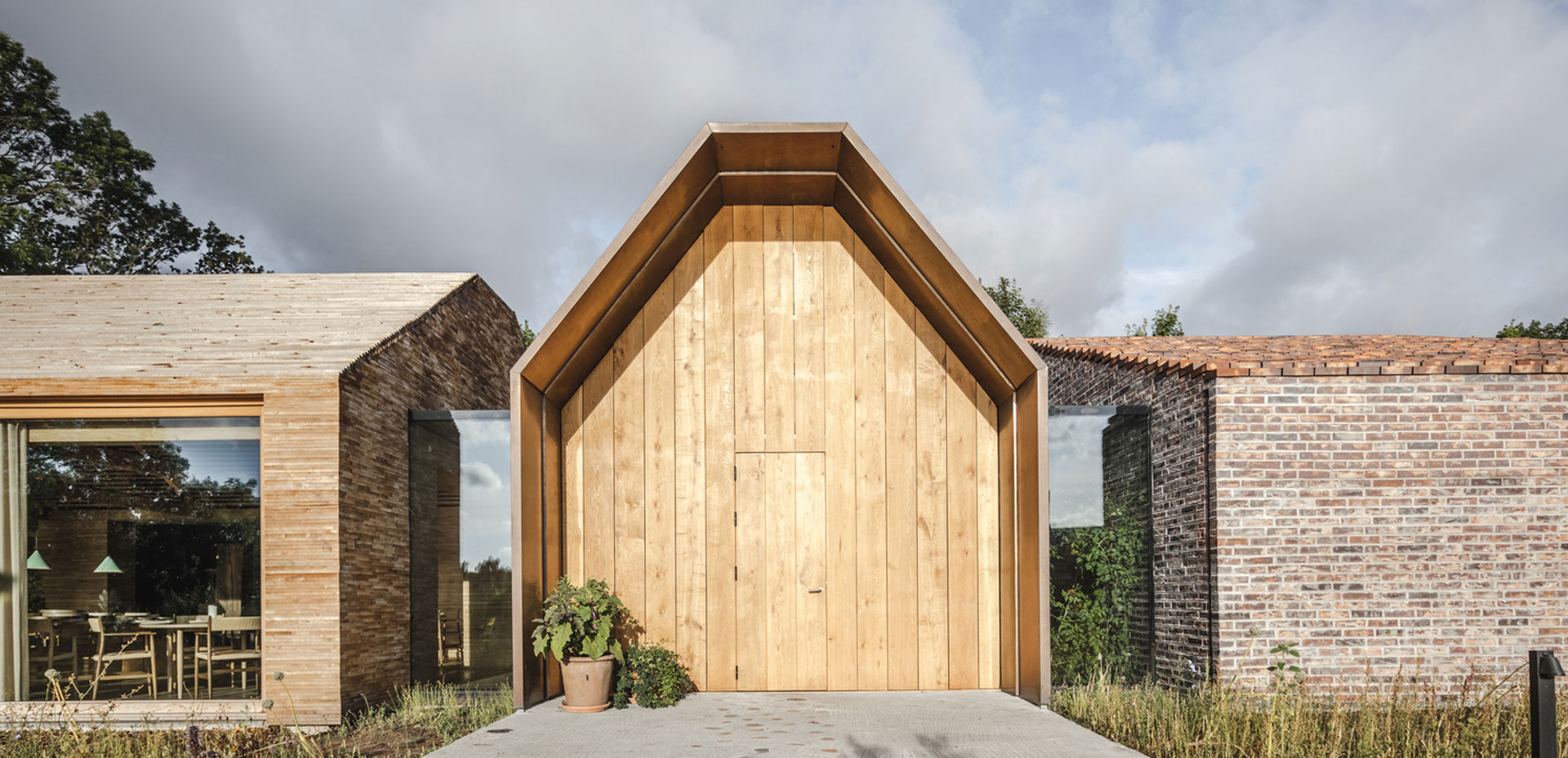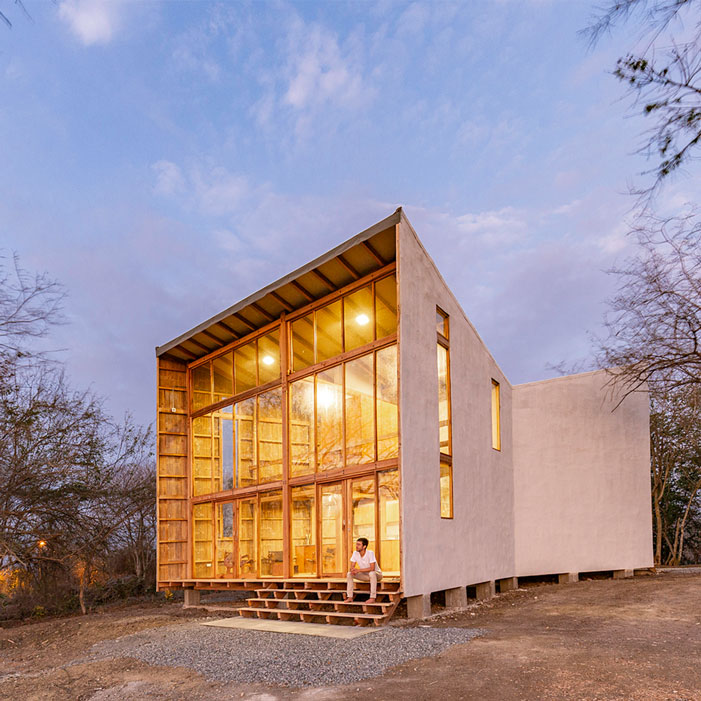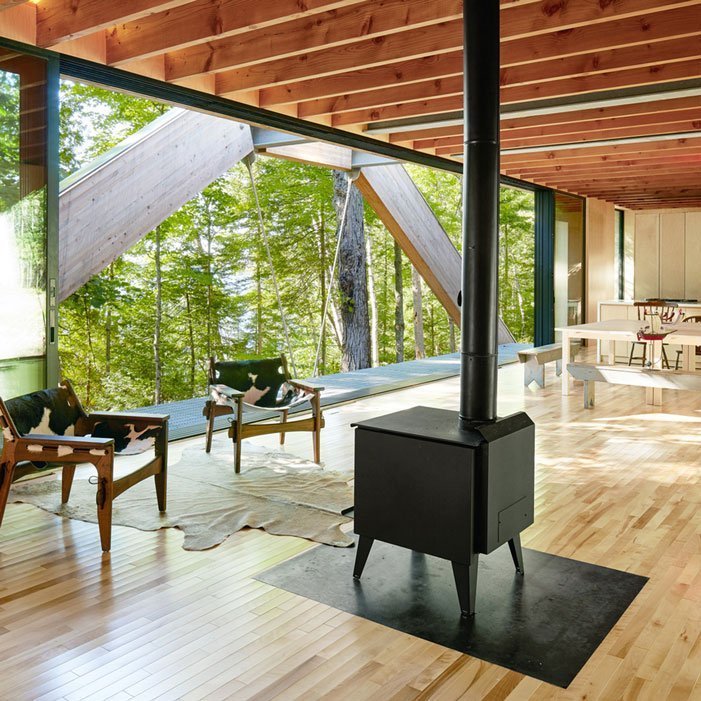September 24, 2018 | Architecture
Noma 2.0 by BIG
Noma 2.0 is a contemporary restaurant with wooden interior design. It is located between two lakes and within the community of Christiania, in Copenhagen, Denmark. The new Noma is built on the site of a protected ex-military warehouse once used to store mines for the Royal Danish Navy and it is designed by BIG, a Copenhagen, New York and London based group of architects, designers, urbanists, landscape professionals, interior and product designers, researchers, and inventors.
Imagined as an intimate culinary garden village, guests are welcomed to experience a new menu and philosophy that will redefine Noma for years to come. Central to the design was the idea of dissolving the restaurant’s individual functions and organizing them into a collection of separate yet connected buildings. A total of 11 spaces, each tailored to their specific needs and built of the finest materials best suited for their functions, are densely clustered around restaurant’s heart putting the chefs at the heard of it all. Every part of the restaurant experience – the arrival, the lounge, the barbeque, the wine selection, and the private company – are all clustered around the chefs. From their central position, they have a perfect overview of every corner of the restaurant while allowing every single guest to follow what would traditionally happen behind-the-scenes.
The 40-cover dining room and adjacent private dining room are made of stacked timber planks that resemble neatly piled wood at a lumber yard. A large skylight and an expansive set of windows that slide to reveal the outdoor permagarden allows guests to truly sense all of the seasons and the restaurant’s natural surrounds. Outside, the restaurant’s three greenhouses are used as a garden, test kitchen, and bakery.
Each ‘building within the building’ is connected by glass covered paths for chefs and guests to follow the changes in weather, daylight and seasons – making the natural environment an integral part of the culinary experience. Guests have the opportunity to walk through each of the surrounding buildings and to experience a variety of Nordic materials and building techniques: the barbecue is a giant walk-in hut, and the lounge looks and feels like a giant, cozy fireplace made entirely of brick inside and out.
Photography by Rasmus Hjortshøj
